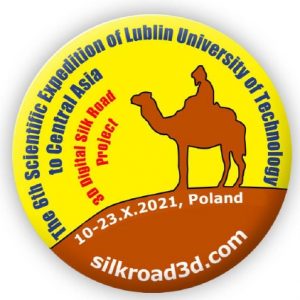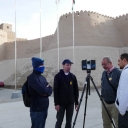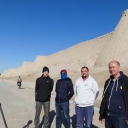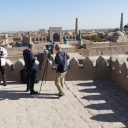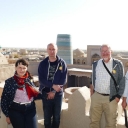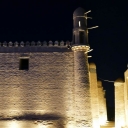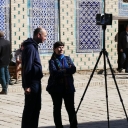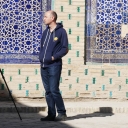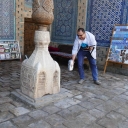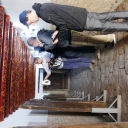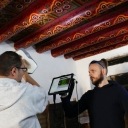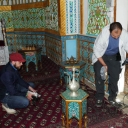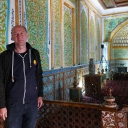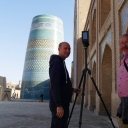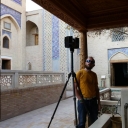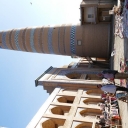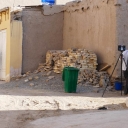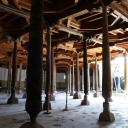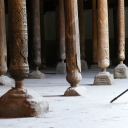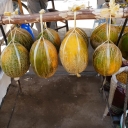On 10-23.10.2021, a team of IT scientists is in Uzbekistan on the 6th Scientific Expedition of the Lublin University of Technology to Central Asia. The expedition was carried out as part of the “3D Digital Silk Road” project, financed by the National Agency for Academic Exchange (NAWA) as part of the Academic International Partnership program (https://cs.pollub.pl/projects/3d-digital-silk-road-digitalizacja-zabytkow-jedwabnego-szlaku-w-uzbekistanie/?lang=en). The expedition was attended by employees of the Department of Computer Science: Dr. Elżbieta Miłosz (project manager), Prof. Marek Miłosz, Dr. Jacek Kęsik, Dr. Mariusz Dzieńkowski, Dr. Marcin Badurowicz and Stanisław Skulimowski.
During phase 2, the expedition operated in Uzbekistan in the city of Khiva (specifically in the old inner city of Khiva called Iczan Kala (Ichan Qa’la)). During this stage, the team scanned the following monuments and objects in 3D:
- 11th century Summer Mosque.
- Kunja Ark (Old Fortress) – a fortress and palace of the Khiv khans from the 11th century (rebuilt in the 17th century).
- Khan’s harem (outside and inside) – the part of the Tach Khaouli Palace.
- Khan’s reception hall (outside and inside).
- The interior of the Juma Mosque with 213 wooden columns (most carved, all different) – built in the 10th century and rebuilt in the 18th century.
- Mausoleum of Pahlawon Mahmud – 19th century (inside and outside courtyard).
- Minarets: Kalta Minor and Islam Khoja.
- General view of Itchan Kala from Kunja Ark watchtower.
- 3 out of 4 external walls (defensive walls) with gates: west, south and east (length of the scanned walls approx. 600 m).
- Collection of 19th century carved wooden doors.
- Collection of carved marble bases for wooden columns.
- Equipment of the khans’ reception hall.
The implementation of such extensive work in such a short time was possible thanks to the great commitment of the employees of the partner university – the State University in Urgench.
